Home>Interior Design>Basement Flooring Ideas: 10 Ways To Get A Stylish And Functional Finish
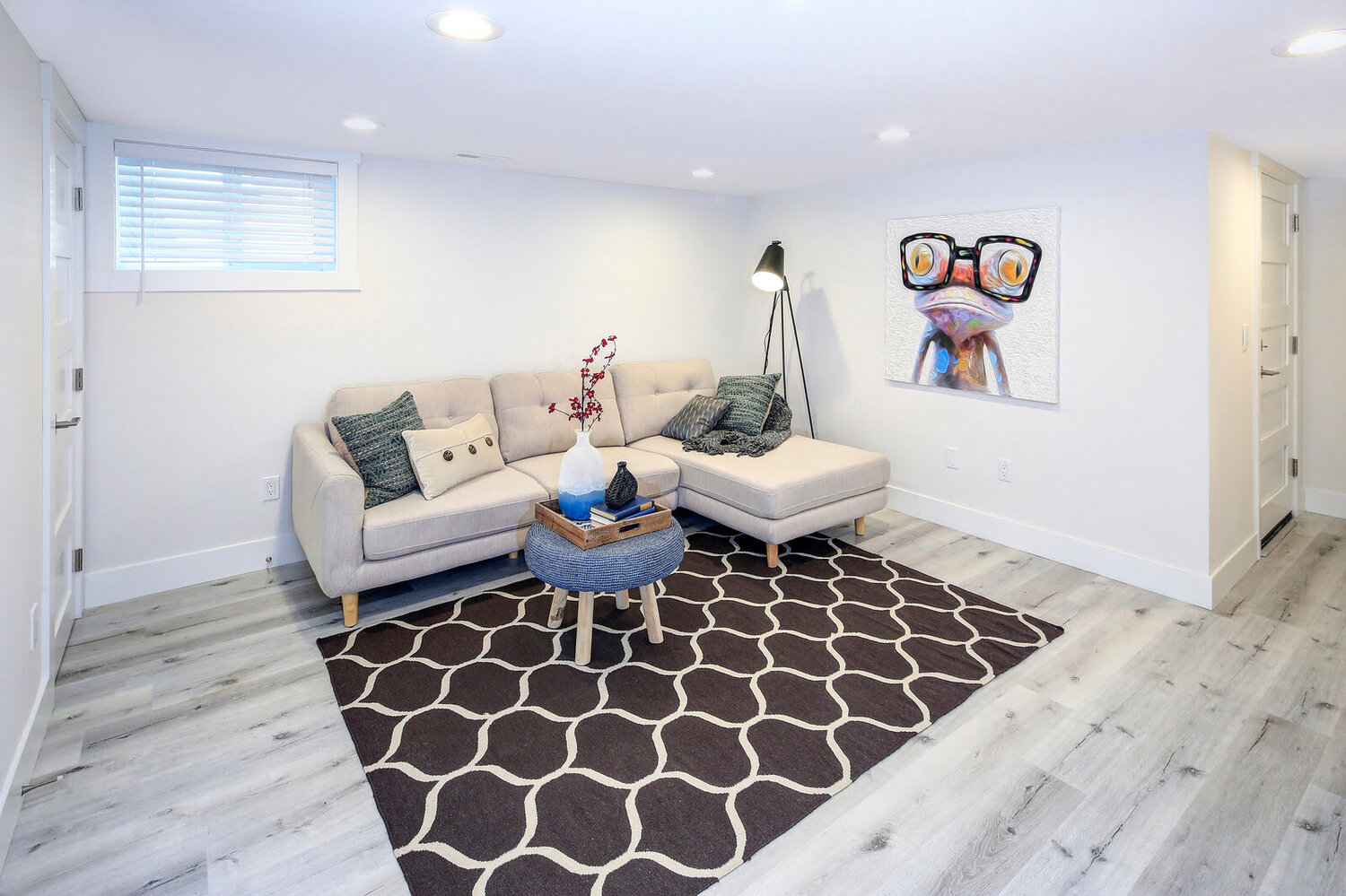

Interior Design
Basement Flooring Ideas: 10 Ways To Get A Stylish And Functional Finish
Modified: January 19, 2024
Looking for stylish and functional basement flooring ideas? Discover 10 interior design tricks to achieve the perfect finish for your space.
(Many of the links in this article redirect to a specific reviewed product. Your purchase of these products through affiliate links helps to generate commission for Storables.com, at no extra cost. Learn more)
Why Basement Flooring Matters
When it comes to designing and renovating your basement, flooring is a crucial factor that often gets overlooked. However, choosing the right basement flooring is essential for creating a functional, comfortable, and stylish space. Not only does the flooring impact the overall aesthetics of your basement, but it also plays a vital role in terms of durability, moisture resistance, and insulation.
Basements are prone to high levels of moisture, making it crucial to select flooring materials that can withstand these conditions without becoming damaged or promoting the growth of mold and mildew. Additionally, basements can be subject to temperature fluctuations and potential flooding, so it’s essential to choose a flooring option that is resilient and can handle these challenges.
Beyond practical considerations, basement flooring can greatly impact the overall ambiance and functionality of the space. Whether you plan to use your basement as a cozy living area, home office, or even a playroom for the kids, the right flooring choice can significantly enhance the comfort and aesthetics of the room. With that in mind, let’s explore some popular basement flooring options to help you make an informed decision.
Key Takeaways:
- Elevate your basement with stylish and functional flooring options that prioritize moisture resistance, durability, and insulation. From carpet tiles to concrete staining, find the perfect fit for your unique space and needs.
- Transform your basement into a cozy and inviting retreat with area rugs that add warmth, comfort, and style. Pair them with durable flooring options like vinyl plank or engineered wood for a functional and visually appealing space.
Read more: How To Finish A Basement Floor
Considerations for Basement Flooring
Before diving into the various options for basement flooring, there are a few key considerations to keep in mind. By taking these factors into account, you can ensure that you choose the most suitable flooring material for your basement:
1. Moisture Resistance:
As mentioned earlier, basements are prone to moisture issues. It’s crucial to select flooring materials that are moisture-resistant or have a built-in moisture barrier to prevent water damage and the growth of mold or mildew.
2. Durability:
Given the unique challenges that basements can pose, it’s essential to choose flooring materials that are durable and can withstand high foot traffic, heavy furniture, and potential spills. Look for options with a high wear resistance rating.
3. Insulation:
Basements tend to be colder than the rest of the house due to their below-ground location. Consider flooring materials that offer good insulation properties to help keep the space warm and reduce energy costs.
Read more: How To Finish Concrete Basement Floor
4. Installation:
Consider the installation process and whether you’ll be doing it yourself or hiring a professional. Some flooring options may require special preparation, such as leveling the subfloor or applying adhesives, while others offer quick and easy installation.
5. Maintenance:
Take into account the maintenance requirements of the flooring materials you’re considering. Some options may require regular sealing or specialized cleaning products, while others are low-maintenance and easy to clean.
6. Style and Aesthetics:
Lastly, consider the style and overall aesthetic you want to achieve in your basement. Think about how the flooring will complement your existing decor and create the ambiance you desire.
By evaluating these factors, you can narrow down your options and make an informed decision when it comes to selecting the best basement flooring for your needs. Now, let’s explore some popular choices that meet these criteria.
Carpet Tiles
Carpet tiles are a versatile and practical option for basement flooring. They are modular carpet squares that can be installed individually, allowing for easy customization and replacement if any portion gets damaged.
One of the key advantages of carpet tiles is their excellent insulation properties. They provide warmth and comfort underfoot, making the basement cozy and inviting. Additionally, carpet tiles help to absorb sound, reducing echoes and creating a quieter environment.
When selecting carpet tiles for your basement, opt for those with moisture-resistant backing. This helps to prevent water seepage and allows for easier cleaning in case of spills or accidents. Look for carpet tiles made from synthetic fibers, such as nylon or polyester, as they are more resistant to moisture and mold growth.
Carpet tiles come in a wide range of colors, patterns, and textures, allowing you to create a unique and personalized look for your basement. You can even mix and match different styles to create interesting designs or designate specific areas within the space.
Installation of carpet tiles is relatively simple, as they typically come with a peel-and-stick or interlocking system. This makes it a DIY-friendly option for homeowners who prefer to tackle the installation themselves. However, it’s important to prepare the basement floor properly by ensuring it is clean, dry, and level before installing the carpet tiles.
In terms of maintenance, carpet tiles are easy to clean. Regular vacuuming and occasional spot cleaning are usually sufficient to keep them looking fresh. If a tile becomes stained or damaged beyond repair, you can simply replace that particular tile instead of having to replace the entire carpet.
Overall, carpet tiles provide a comfortable and customizable flooring solution for basements. Their insulation properties, easy installation, and low maintenance make them a popular choice among homeowners.
Laminate Flooring
Laminate flooring is another popular choice for basement flooring due to its durability, affordability, and wide range of design options. Laminate flooring consists of multiple layers, including a wear layer, a photographic layer that mimics the appearance of natural materials like hardwood or stone, and a protective top layer.
One of the main advantages of laminate flooring is its resistance to moisture. Most laminate flooring products are designed with a moisture-resistant core or have a protective layer that helps to prevent water damage. This makes laminate flooring a suitable option for basements, where moisture levels can be higher compared to other areas of the house.
Another benefit of laminate flooring is its durability. The wear layer protects the laminate from scratches, stains, and fading, ensuring that it can withstand regular foot traffic and the occasional mishap. Laminate flooring is also relatively easy to clean, requiring regular sweeping or vacuuming and occasional damp mopping.
Laminate flooring is available in a wide range of styles, colors, and textures, allowing you to achieve the look of natural materials without the maintenance and cost associated with them. Whether you prefer the appearance of hardwood, stone, or tile, laminate flooring offers a budget-friendly alternative.
Installation of laminate flooring is typically straightforward, as it often comes in a click-lock or tongue-and-groove system that doesn’t require adhesive. This makes it a suitable option for DIY enthusiasts. However, it’s important to prepare the basement floor properly, ensuring it is clean, level, and moisture-free before installing the laminate.
While laminate flooring is generally resistant to moisture, it is not completely waterproof. In areas where flooding or excessive moisture is a concern, it’s advisable to use a moisture barrier or consider other flooring options with higher moisture resistance.
In summary, laminate flooring offers a cost-effective and attractive solution for basement flooring. Its moisture resistance, durability, and wide range of design options make it a practical and stylish choice for homeowners looking to transform their basement space.
Vinyl Plank Flooring
Vinyl plank flooring is a versatile and durable option that is well-suited for basement installations. It offers the beauty and warmth of hardwood flooring with the added benefits of being waterproof and low-maintenance.
One of the standout features of vinyl plank flooring is its exceptional resistance to moisture. Unlike traditional hardwood flooring, vinyl planks are constructed with waterproof materials that make them impervious to water damage. This makes vinyl plank flooring an ideal choice for basements, where moisture can be a concern.
Another advantage of vinyl plank flooring is its durability. The top wear layer of vinyl planks is highly resistant to scratches, stains, and fading, making it suitable for high-traffic areas. Additionally, vinyl planks are less prone to warping or shrinking in humid or fluctuating temperature conditions, which can be common in basements.
Vinyl plank flooring is available in a wide range of styles, colors, and textures, allowing you to achieve the appearance of hardwood, stone, or tile at a more affordable price. The planks are designed to mimic the natural grains, textures, and patterns of these materials, creating a visually appealing and realistic look.
Installation of vinyl plank flooring is relatively easy, thanks to its click-lock or adhesive installation systems. Some vinyl planks are designed to be installed as floating floors, meaning they are not attached directly to the subfloor. This makes the installation process DIY-friendly and allows for easier replacements or updates in the future.
In terms of maintenance, vinyl plank flooring is highly resistant to stains and easy to clean. Regular sweeping or vacuuming, followed by damp mopping with a mild cleaner, is typically sufficient to keep it looking pristine. Additionally, vinyl plank flooring does not require any special treatments or refinishing like traditional hardwood flooring.
Overall, vinyl plank flooring offers a versatile and practical solution for basement flooring. Its water resistance, durability, and low-maintenance nature make it an excellent choice for homeowners looking for a flooring option that can withstand the challenges of a basement environment.
Concrete Staining
If you’re looking for a modern and unique option for your basement flooring, concrete staining can provide a stylish and durable solution. Concrete staining involves applying specialized stains and dyes to the concrete surface to create a customized and decorative finish.
One of the main advantages of concrete staining is its versatility. It allows you to transform plain concrete into a visually stunning flooring option. The stains and dyes penetrate the concrete, creating rich, translucent colors and patterns that mimic the look of natural stone or vibrant hues. You can choose from a wide range of colors and application techniques to achieve the desired effect.
In addition to the aesthetic appeal, concrete staining offers exceptional durability. The stains and dyes are absorbed into the concrete, making the color resistant to fading or peeling over time. Concrete itself is a sturdy material, making stained concrete floors long-lasting and resistant to high foot traffic and wear and tear.
Concrete staining is also a cost-effective option for basement flooring. It eliminates the need for additional flooring materials, such as tiles or hardwood, which can be more expensive. By utilizing the existing concrete slab in your basement, you can achieve a unique and custom look without breaking the bank.
When it comes to maintenance, concrete stained floors are remarkably easy to care for. They can be cleaned with regular sweeping or mopping, and occasional resealing is recommended to maintain the color and protect against stains. The sealed surface also enhances the moisture resistance of the concrete, which is beneficial for basements.
It’s important to note that concrete staining is a specialized process that is best left to professionals who have experience in working with concrete. They have the knowledge and expertise to properly prepare the concrete surface, apply the stains and dyes evenly, and seal the floor for long-lasting results.
Concrete staining offers a modern and customizable solution for basement flooring. Its versatility, durability, and cost-effectiveness make it an attractive option for homeowners who want a unique and visually striking finish for their basement space.
Epoxy Flooring
Epoxy flooring is a popular choice for basement flooring due to its durability, versatility, and aesthetic appeal. Epoxy is a resin-based coating that is applied to the concrete floor, creating a seamless and high-gloss finish.
One of the main advantages of epoxy flooring is its exceptional durability. The epoxy coating forms a thick and tough layer that is resistant to stains, impacts, chemicals, and abrasions. This makes it an ideal choice for high-traffic areas like basements, where the floor may be subjected to heavy foot traffic, furniture moving, or potential spills.
Epoxy flooring is also highly resistant to moisture and can help prevent water damage in basements. The coating forms a protective barrier that prevents moisture from seeping into the concrete, reducing the risk of mold, mildew, and damage caused by excess moisture. Additionally, the smooth and seamless surface of epoxy flooring makes it easy to clean and maintain, as spills and dirt can be quickly wiped away.
Another benefit of epoxy flooring is its versatility in terms of design options. Epoxy coatings come in a variety of colors, finishes, and patterns, allowing you to customize the look of your basement floor to match your style and preferences. From solid colors to metallic finishes or even decorative flake or quartz designs, epoxy offers endless possibilities for creating a unique and visually appealing basement space.
Installation of epoxy flooring requires proper preparation of the concrete surface. This typically involves cleaning, repairing any cracks or imperfections, and applying a primer or base coat. The epoxy is then meticulously applied in multiple layers to achieve the desired thickness and finish. It’s recommended to hire a professional with experience in epoxy flooring installation for the best results.
Maintenance of epoxy flooring is relatively simple. Regular sweeping or dust mopping, along with occasional damp mopping using a mild cleanser, is usually sufficient to keep the floor looking clean and shiny. It’s important to avoid using harsh chemicals or abrasive cleaners, as they can damage the epoxy coating.
In summary, epoxy flooring offers a durable and visually appealing option for basement flooring. Its resistance to moisture, durability, and endless design possibilities make it a popular choice for homeowners looking to transform their basement space into a functional and stylish area.
Cork Flooring
Cork flooring is a unique and eco-friendly option for basement flooring that offers a combination of comfort, durability, and sustainability. Made from the bark of cork oak trees, cork flooring has gained popularity for its natural beauty and various benefits.
One of the standout features of cork flooring is its exceptional comfort underfoot. The natural cushioning properties of cork make it comfortable to walk on and provide a soft and warm surface. This is especially beneficial in basements, where the floor can often feel cold and unwelcoming.
Cork flooring is also known for its excellent insulation properties. It helps to retain heat, making it an energy-efficient choice and reducing heating costs. Additionally, cork acts as a natural sound absorber, reducing noise transmission and creating a quieter and more peaceful basement space.
Another advantage of cork flooring is its durability. The inherent resilience of cork allows it to withstand the pressures of daily use, such as foot traffic and furniture. It is resistant to staining and can handle the weight of heavy furniture without getting damaged. However, it’s important to note that cork can be susceptible to scratches, so it’s advisable to use furniture pads or protective coasters.
Cork flooring is also a sustainable choice for basement flooring. The harvesting process of cork is environmentally friendly, as it involves removing the bark from the cork oak tree, which regenerates over time. This means that cork flooring is a renewable resource, making it a greener option compared to other flooring materials.
Installation of cork flooring is typically done using a glue-down method or as interlocking panels, depending on the specific product. It’s essential to follow the manufacturer’s instructions and ensure that the concrete basement floor is properly prepared before installation. This may include leveling the surface and applying a moisture barrier if necessary.
Maintenance of cork flooring is relatively easy. Regular sweeping or vacuuming, along with occasional damp mopping, is typically sufficient to keep it clean and maintained. It’s important to avoid excessive moisture exposure and clean up any spills promptly.
In summary, cork flooring offers a comfortable, durable, and sustainable option for basement flooring. Its cushioning properties, insulation benefits, and eco-friendliness make it an excellent choice for homeowners seeking a unique and environmentally conscious flooring solution.
Rubber Flooring
Rubber flooring is a durable and resilient option for basement flooring that offers a range of benefits, including comfort, shock-absorption, and easy maintenance.
One of the key advantages of rubber flooring is its exceptional durability. It is highly resistant to wear and tear, making it suitable for areas with high foot traffic, such as basements. Rubber flooring can withstand heavy furniture, exercise equipment, and other potential impacts without getting damaged or showing signs of wear.
Another benefit of rubber flooring is its comfort underfoot. The natural cushioning properties of rubber provide a soft and supportive surface, reducing strain on joints and muscles. This makes rubber flooring an excellent choice for basements that serve as play areas, home gyms, or even a comfortable living space.
Rubber flooring is also known for its shock-absorption capabilities. It can help to reduce noise and vibrations, creating a quieter environment. This makes it an ideal option for basements used as entertainment areas or where noise reduction is desired.
In terms of maintenance, rubber flooring is relatively easy to clean and maintain. It can be swept or vacuumed regularly to remove dust and debris. For more thorough cleaning, a damp mop with a mild cleanser is usually sufficient. Rubber flooring is highly resistant to stains and moisture, making it a practical choice for basements where spills may occur.
Additionally, rubber flooring is available in a variety of colors, patterns, and textures. This allows for customization and the ability to create a unique look for your basement. Whether you prefer a solid color or a speckled pattern, rubber flooring offers versatility in design and can complement various interior styles.
Installation of rubber flooring can be done as interlocking tiles or a continuous roll, depending on the specific product. Interlocking tiles are often a popular choice for DIY installation, as they can be easily assembled without the need for adhesives or special tools. However, for larger areas or if you prefer a seamless look, professional installation may be recommended.
Overall, rubber flooring offers durability, comfort, and easy maintenance, making it a practical and versatile option for basement flooring. Its ability to absorb shock, reduce noise, and provide a soft underfoot feel makes it suitable for a variety of basement uses and activities.
Consider using vinyl plank flooring for your basement as it is durable, water-resistant, and comes in a variety of stylish designs to suit your space.
Ceramic or Porcelain Tiles
Ceramic or porcelain tiles are classic and timeless options for basement flooring. They offer durability, versatility, and a wide range of design possibilities.
One of the main advantages of ceramic or porcelain tiles is their exceptional durability. These tiles are known for their strength and resistance to wear and tear. They can handle heavy foot traffic, furniture, and even potential moisture without getting damaged. This makes them a great choice for basements, where durability is essential.
In terms of moisture resistance, ceramic or porcelain tiles are highly suitable for basements. Both types of tiles are non-porous, making them impervious to water and resistant to staining. This makes them easy to clean and maintain, as spills can be easily wiped away without worry of moisture seeping into the flooring.
Ceramic and porcelain tiles also offer a wide range of design possibilities. They come in various sizes, shapes, colors, and patterns, allowing you to create a customized look for your basement. Whether you prefer a sleek and modern style or a more rustic and traditional aesthetic, there are ceramic and porcelain tiles to match your vision.
Installation of ceramic or porcelain tiles can be a bit more complex than some other flooring options. It typically involves preparing the subfloor, applying mortar or adhesive, and carefully placing and leveling each tile. Professional installation is often recommended to ensure proper alignment and a long-lasting result. However, if you have experience with tile installation, it can be a rewarding DIY project.
Maintenance of ceramic or porcelain tiles is relatively straightforward. Regular sweeping or vacuuming, along with damp mopping using a gentle cleaner, should keep the tiles looking clean and fresh. It’s important to avoid using harsh chemicals or abrasive cleaners that can damage the tile surface.
It’s worth noting that ceramic and porcelain tiles can feel cold to the touch, especially in cooler basement environments. To combat this, you can consider installing radiant heating systems beneath the tiles to provide additional warmth and comfort.
In summary, ceramic or porcelain tiles offer durability, moisture resistance, and a wide range of design options for basement flooring. Their timeless appeal and ability to withstand the demands of a basement environment make them a reliable and attractive choice for homeowners.
Engineered Wood Flooring
Engineered wood flooring is a popular choice for basement flooring, as it offers the timeless beauty of hardwood with added durability and moisture resistance. It is made up of multiple layers, with a real wood veneer on top and a composite core underneath.
One of the advantages of engineered wood flooring is its exceptional stability in areas with varying moisture levels, such as basements. The composite core is designed to resist expansion and contraction caused by temperature and humidity fluctuations, making it less susceptible to warping or cupping compared to solid hardwood floors.
In terms of aesthetics, engineered wood flooring provides the natural warmth and elegance of hardwood. The top layer, composed of real wood veneer, gives it an authentic look and feel. There is a wide variety of wood species, finishes, and plank sizes to choose from, allowing you to achieve the desired style for your basement.
Engineered wood flooring is also relatively easy to install. Many products feature a click-lock or tongue-and-groove system that allows for floating installation, meaning the planks are not directly glued or nailed to the subfloor. This makes it a suitable option for DIY enthusiasts who want to tackle the installation themselves.
Maintenance of engineered wood flooring is similar to solid hardwood. It should be regularly swept or vacuumed to remove dust and debris. In case of spills, it is important to clean them up promptly to prevent any moisture damage. It’s recommended to use wood floor cleaners that are specifically formulated for engineered wood to maintain its natural beauty.
While engineered wood flooring offers improved moisture resistance compared to solid hardwood, it is still important to take preventive measures in basements. Installing a moisture barrier, such as a proper subfloor or moisture-proofing underlayment, can help further protect the flooring from any potential moisture issues.
In summary, engineered wood flooring provides the classic beauty of hardwood with enhanced moisture resistance and durability. Its stability, easy installation, and wide range of design options make it a popular choice for homeowners seeking the elegance of wood flooring in their basements.
Area Rugs for Added Comfort
If you’re looking to enhance the comfort and coziness of your basement flooring, consider incorporating area rugs into your design. Area rugs not only add a touch of style and personality to your space but also provide additional comfort underfoot.
One of the main benefits of using area rugs in the basement is their ability to add warmth and insulation. Basements can often feel colder due to their underground location. By laying down area rugs, you create a barrier against the cold, making the space more inviting and comfortable.
Area rugs also offer cushioning and softness, making them a great option for areas where you spend time sitting or standing for extended periods. Whether you’re using your basement as a living room, home office, or playroom, having a plush rug underfoot can significantly improve the comfort level and reduce fatigue.
Another advantage of area rugs is their versatility in terms of design and functionality. They come in a variety of shapes, sizes, patterns, and textures, allowing you to personalize your space and create a focal point or define specific areas within the basement. You can choose from a wide range of materials, such as wool, synthetic fibers, or natural materials like jute or sisal, depending on your preferences and needs.
Furthermore, area rugs are a practical solution in areas where the flooring may be less desirable, such as concrete or vinyl. By placing an area rug in those areas, you can instantly transform the space and give it a more inviting and cozy feel.
Maintenance of area rugs is relatively easy. Regular vacuuming and spot cleaning are typically sufficient to keep them clean and free of debris. It’s important to follow the manufacturer’s cleaning instructions and consider using rug pads to prevent slipping and protect the flooring underneath.
When selecting area rugs, it’s essential to consider the size and scale of the space. Choose rugs that properly fit the seating or activity areas and complement the overall design of the basement. If you have multiple rugs, ensure they coordinate well with each other and the rest of the decor.
In summary, area rugs are an excellent addition to basement flooring, providing enhanced comfort, style, and insulation. They can transform the overall ambiance of the space and create a cozy and inviting environment for various activities. Consider incorporating area rugs into your basement design to elevate the comfort and aesthetics of the space.
Frequently Asked Questions about Basement Flooring Ideas: 10 Ways To Get A Stylish And Functional Finish
Was this page helpful?
At Storables.com, we guarantee accurate and reliable information. Our content, validated by Expert Board Contributors, is crafted following stringent Editorial Policies. We're committed to providing you with well-researched, expert-backed insights for all your informational needs.
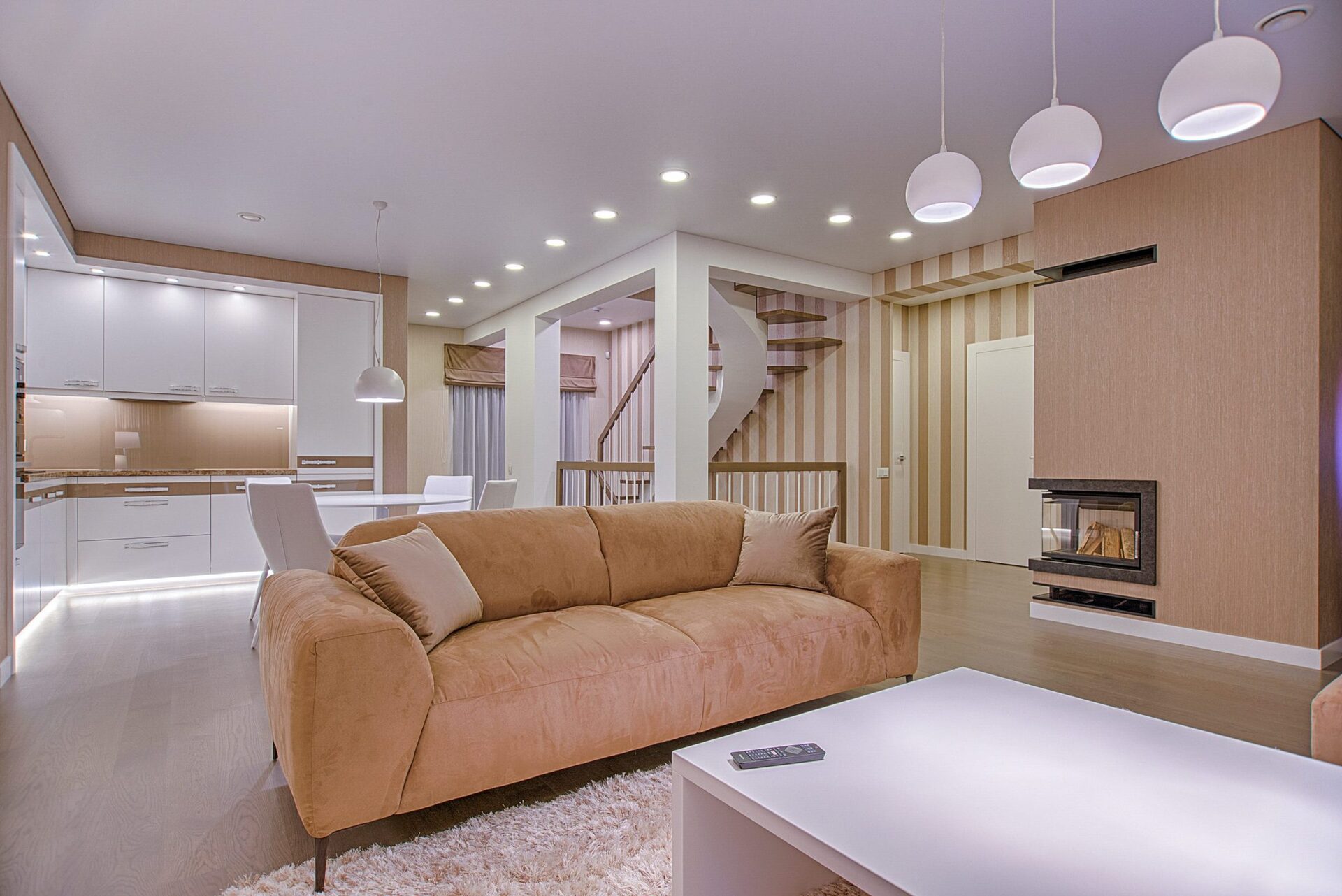
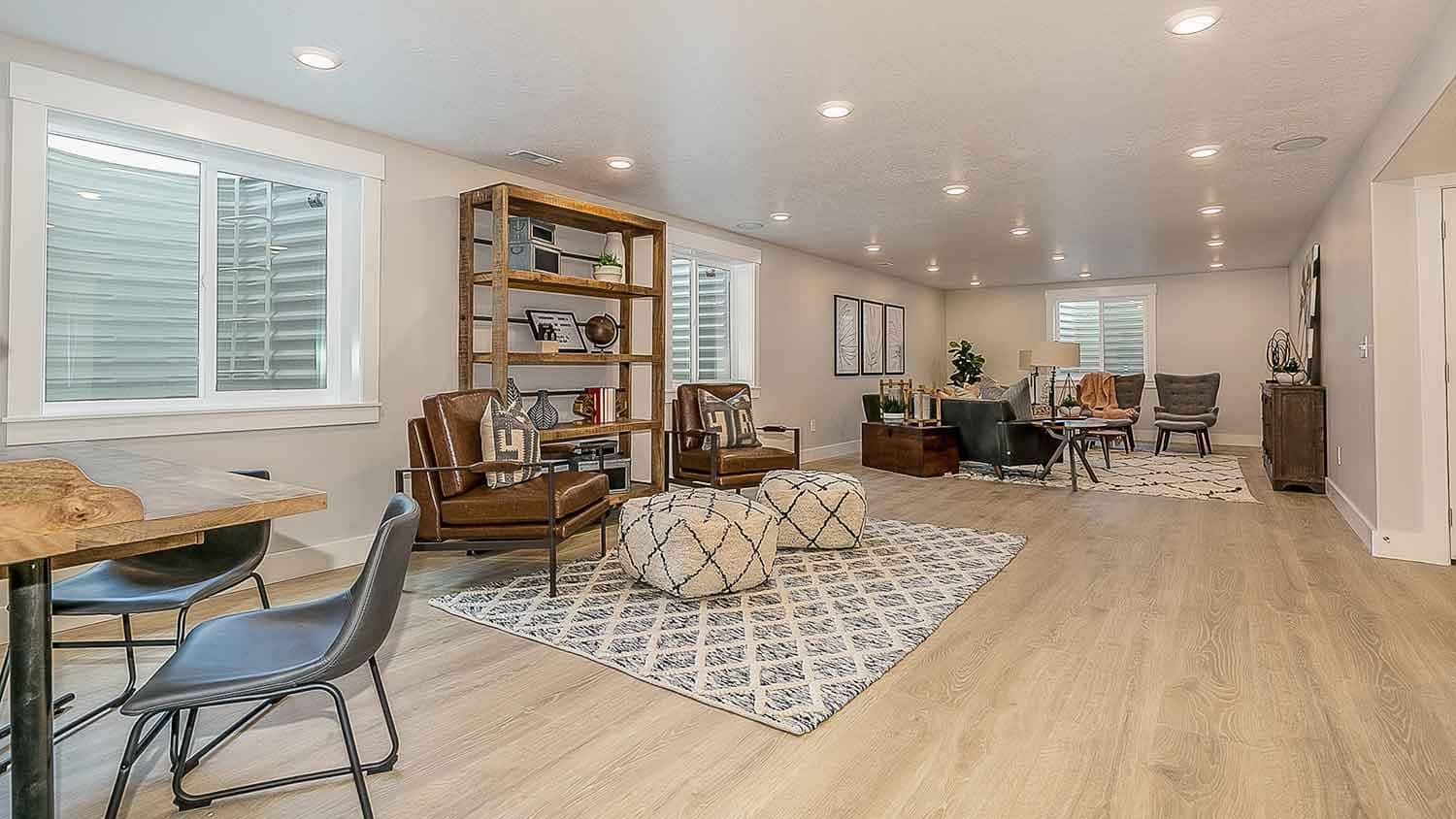
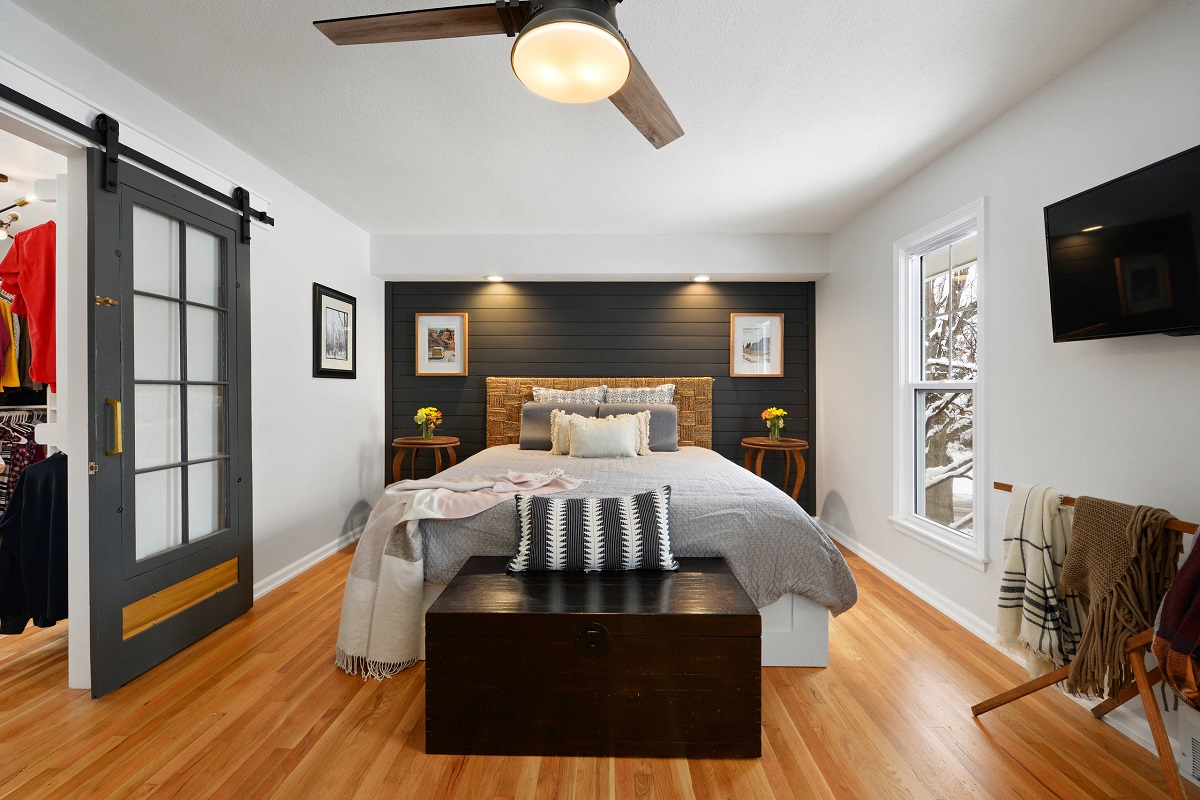
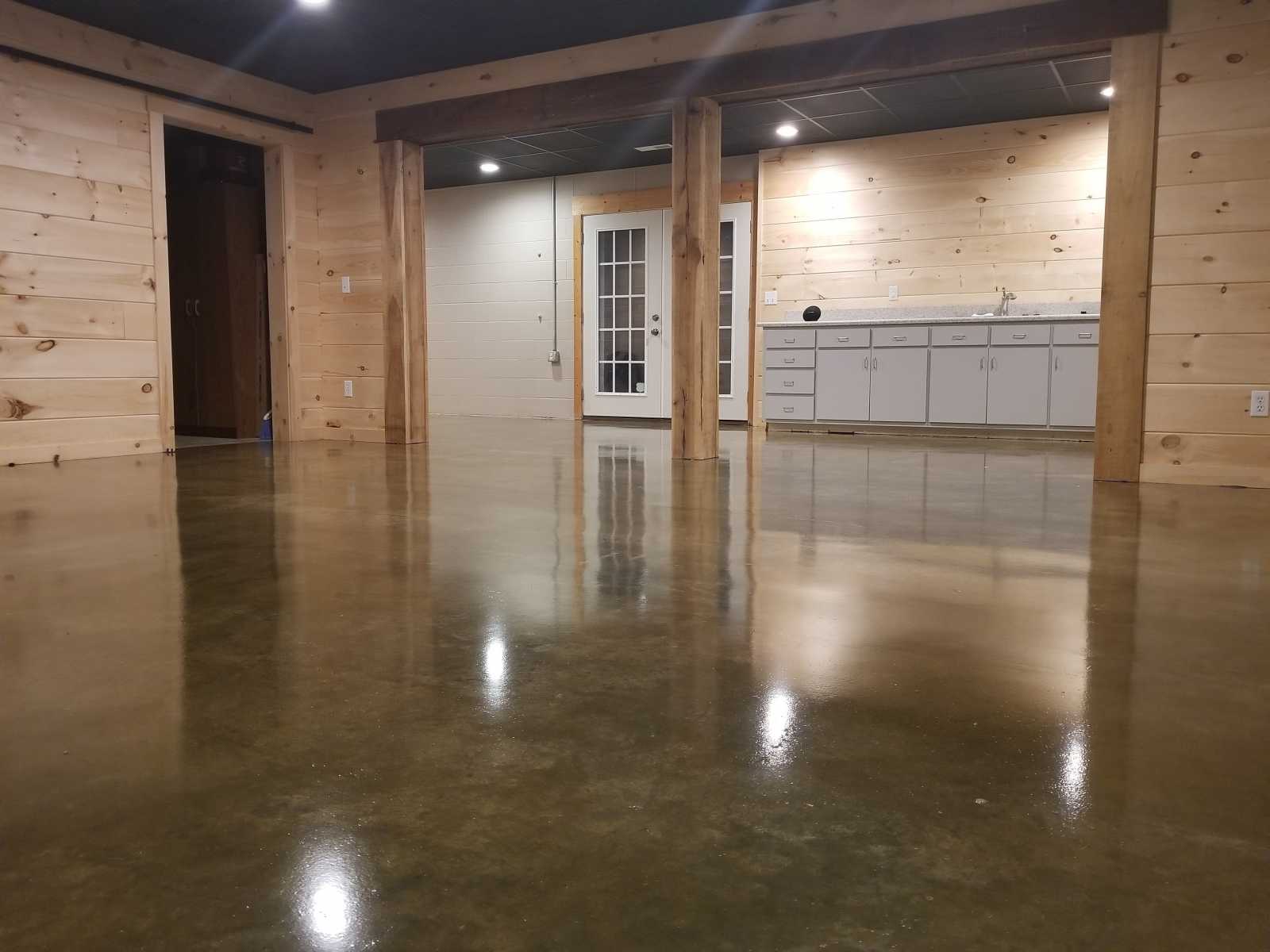
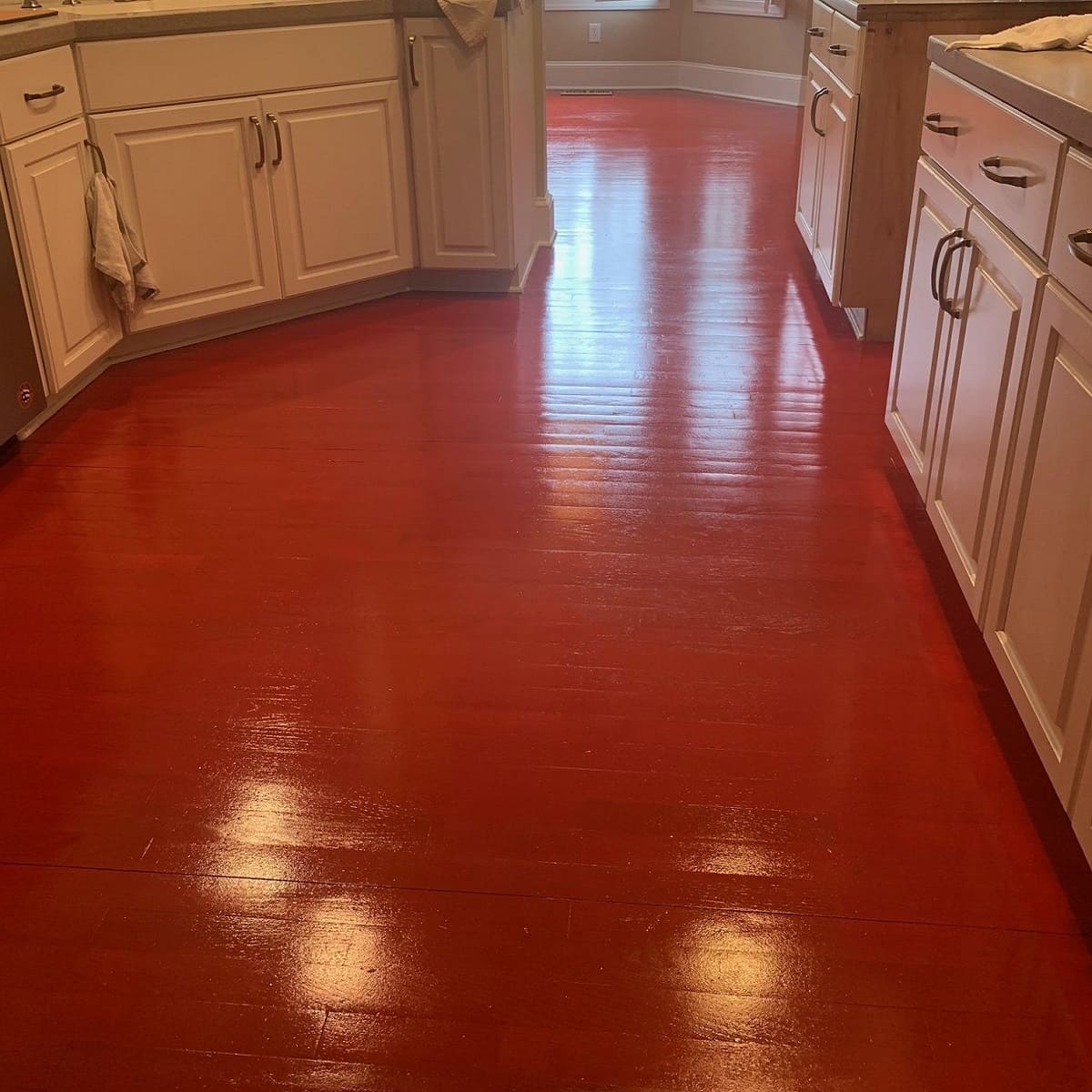
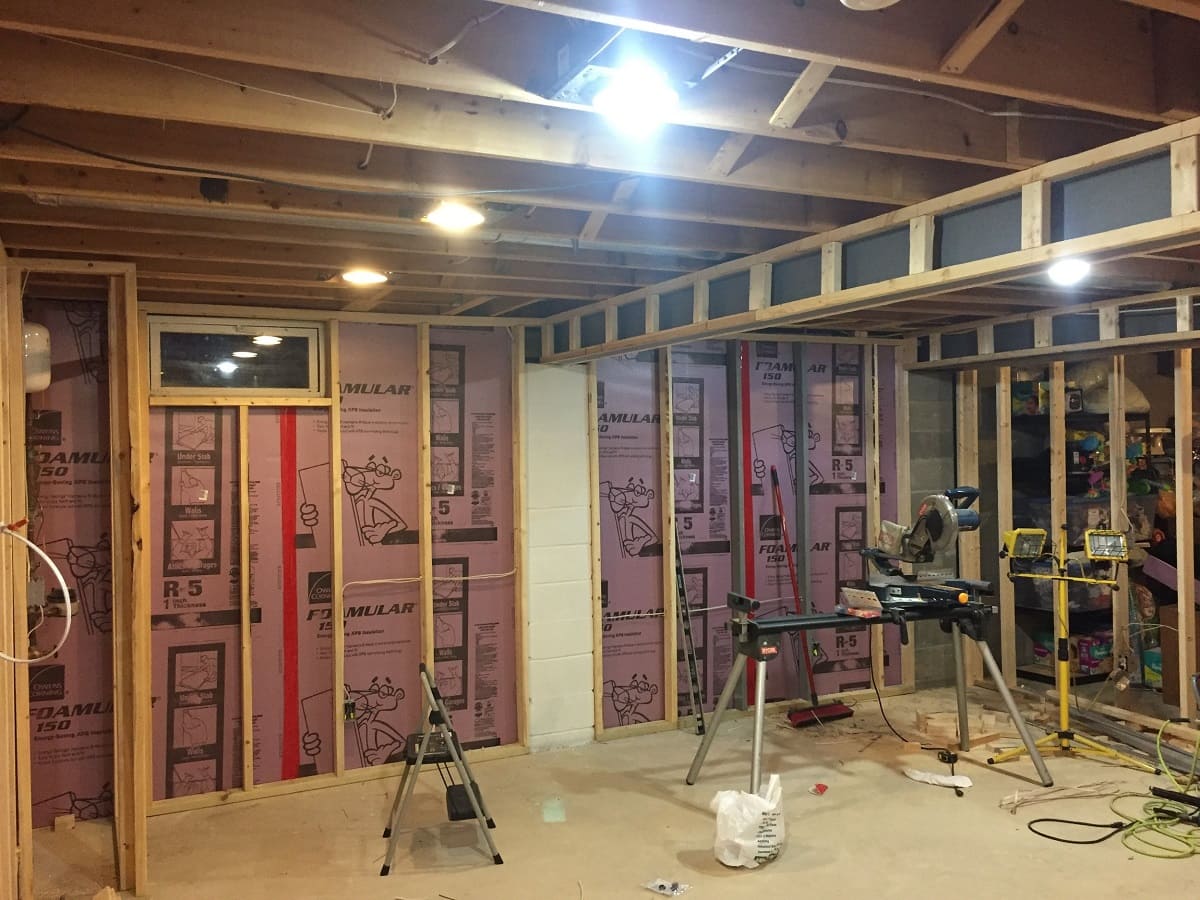
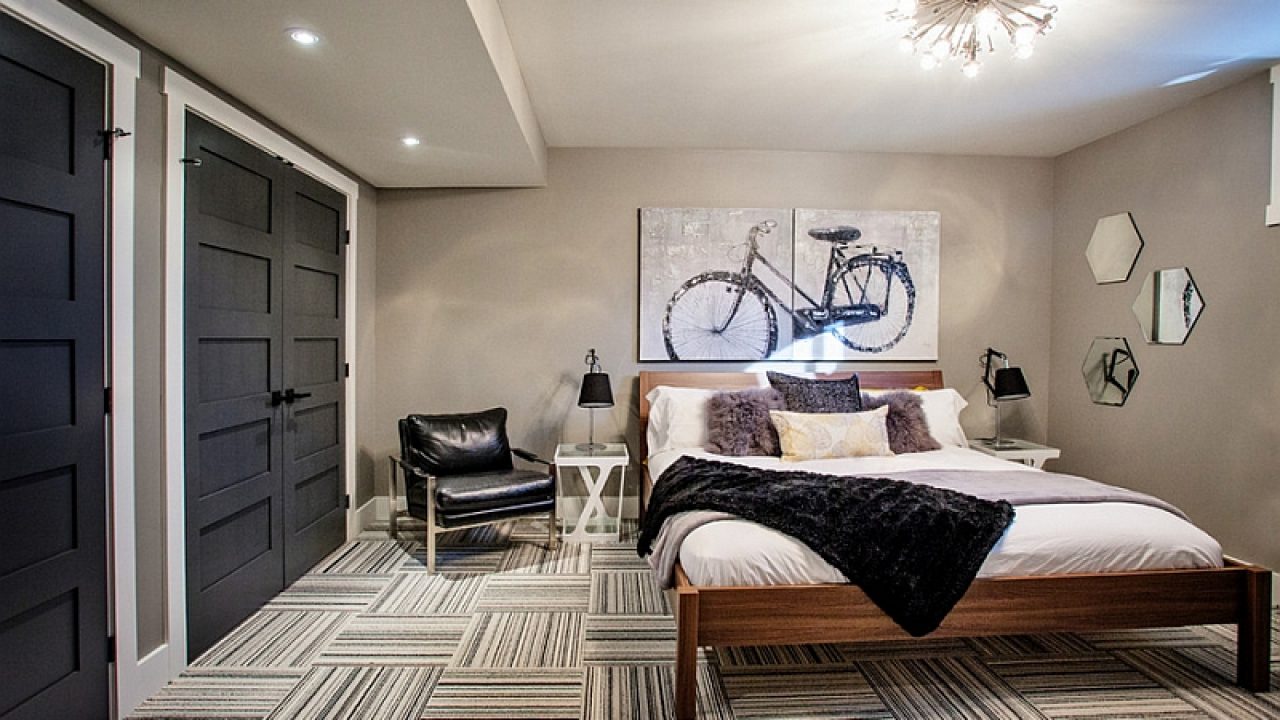
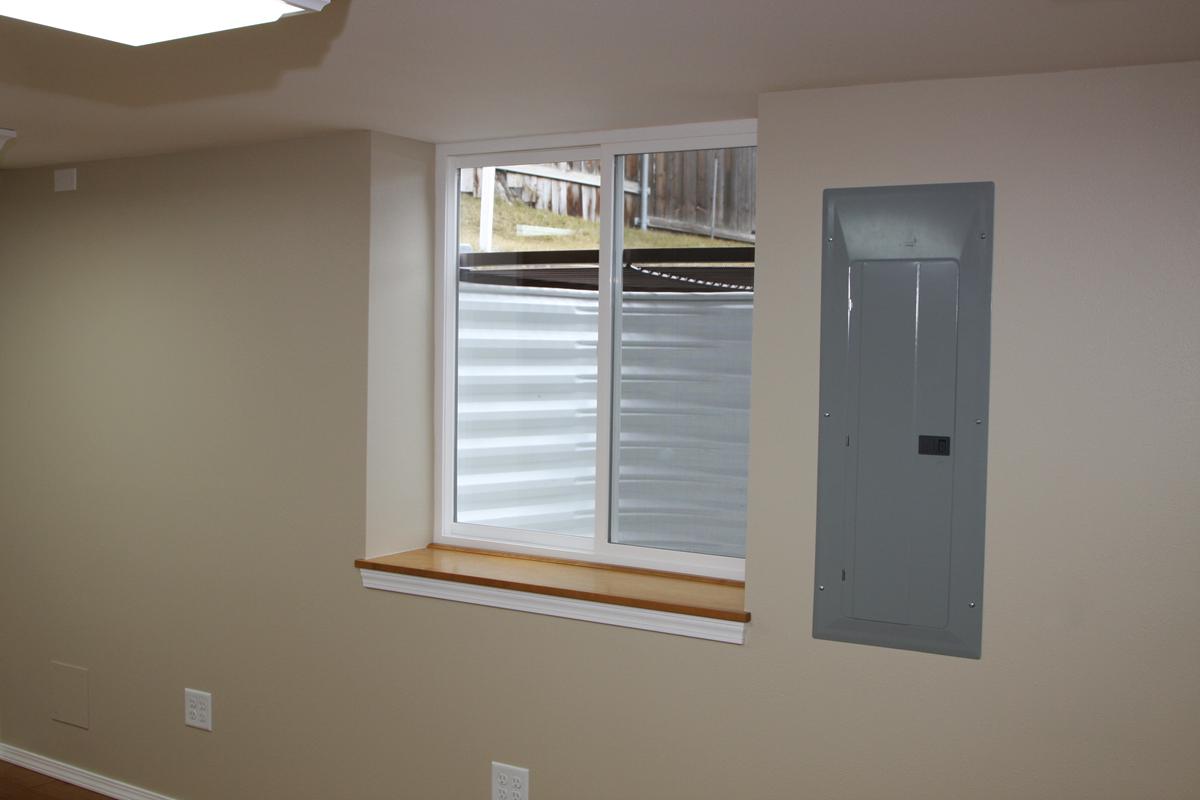
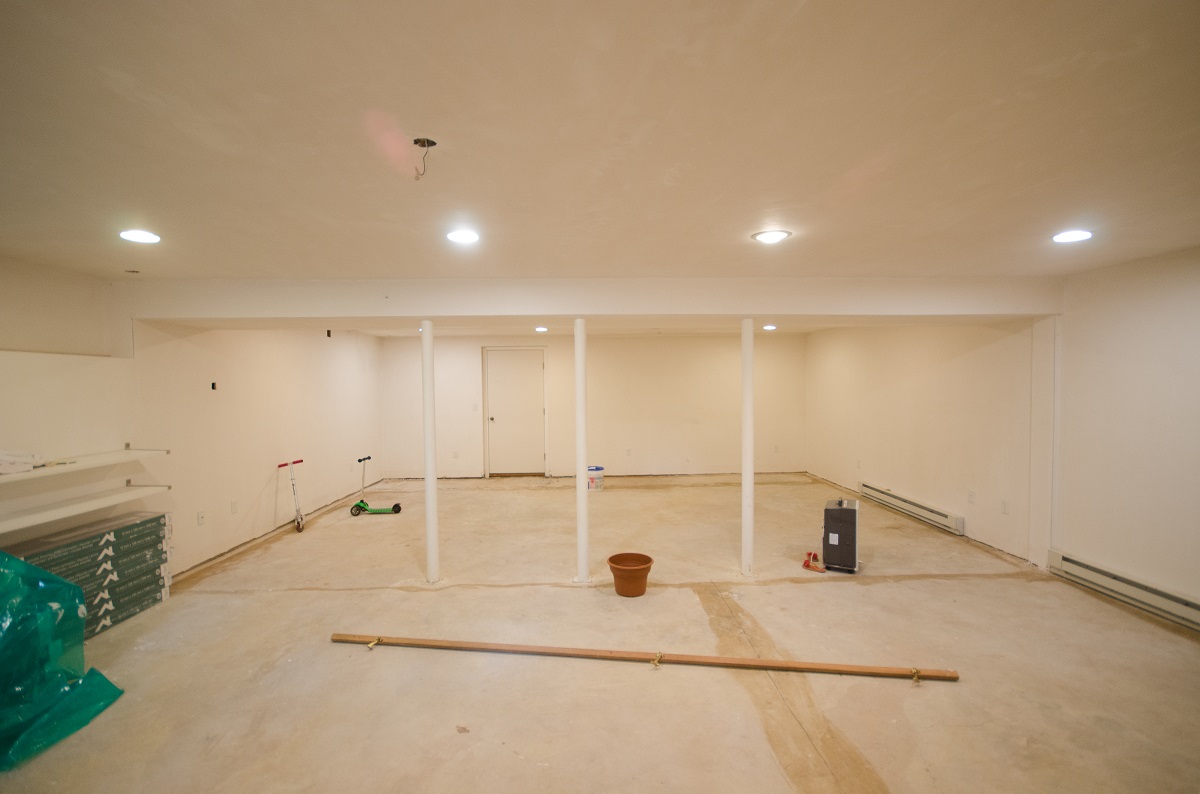
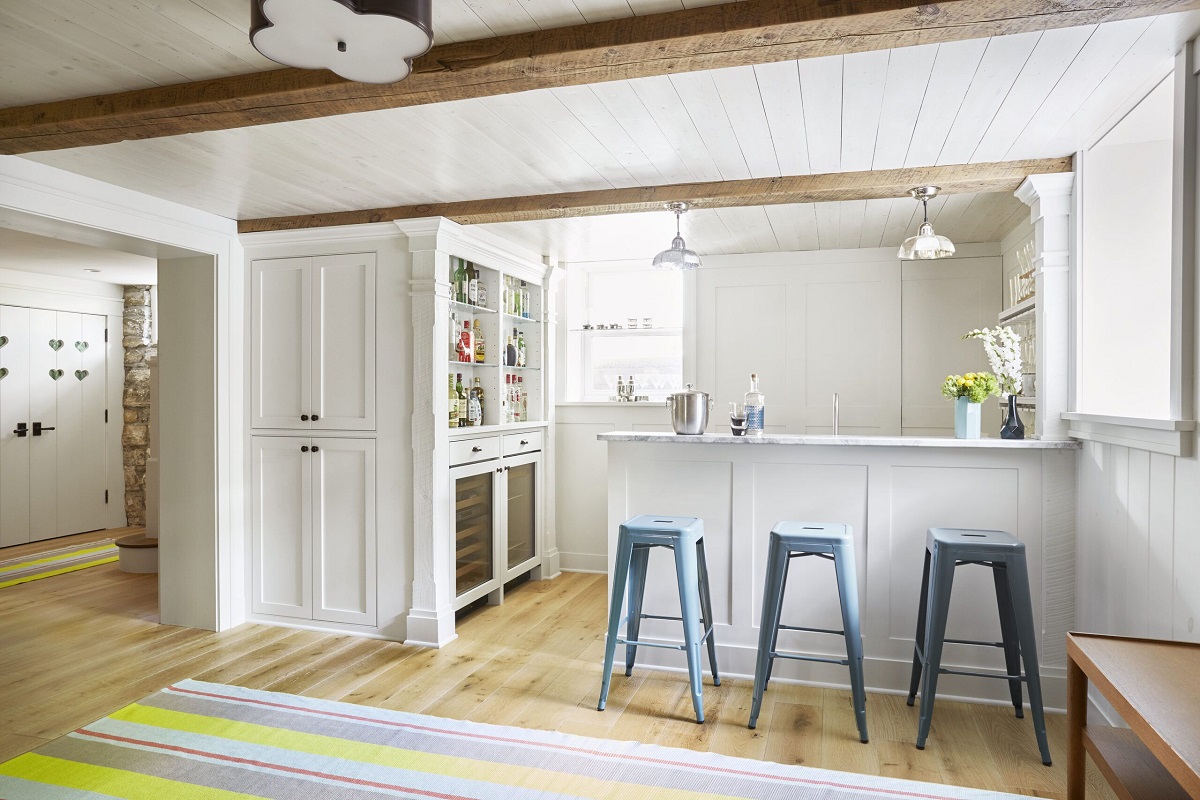
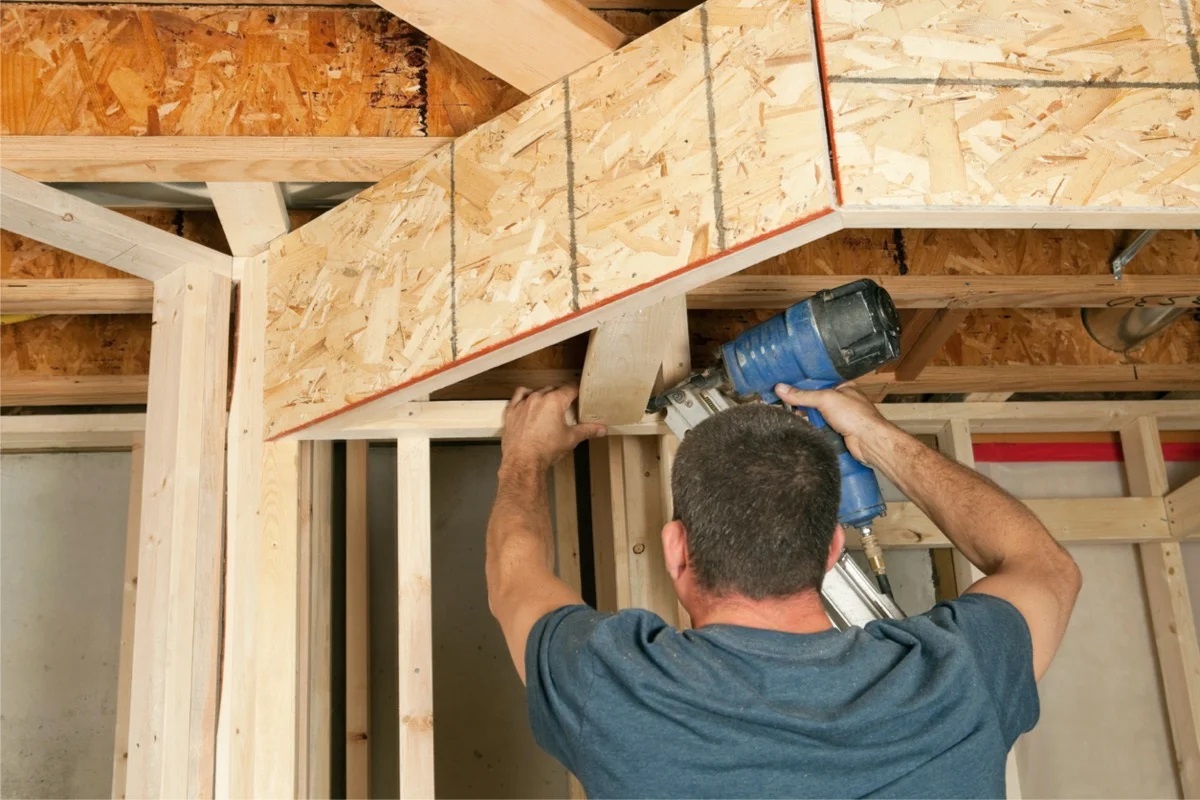

0 thoughts on “Basement Flooring Ideas: 10 Ways To Get A Stylish And Functional Finish”